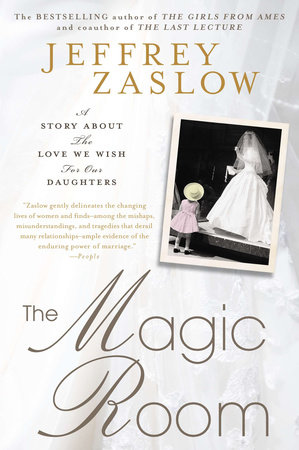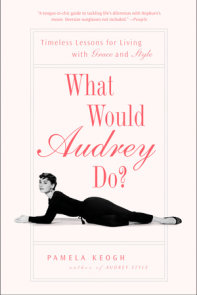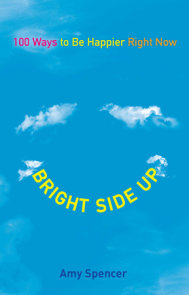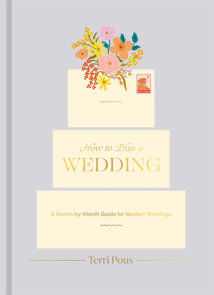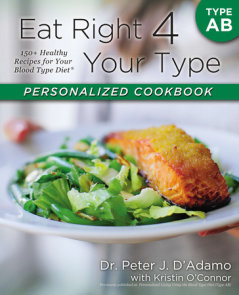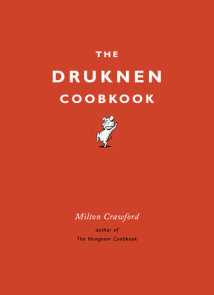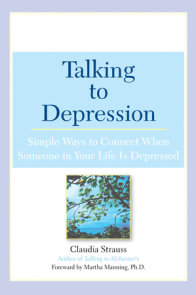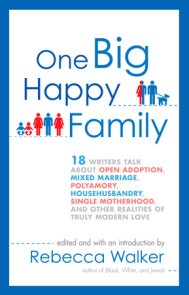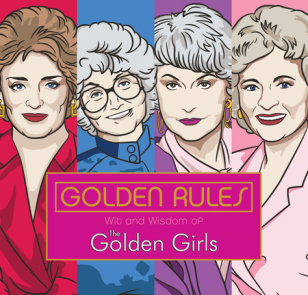READERS GUIDE
Questions and Topics for Discussion
INTRODUCTION
“It’s not just about the dress, the flowers, the reception. It’s about the man and the marriage and the life that will follow” (p. 256).
In 1934, Eva Becker sold her first wedding dress to her first bride. It was “a highnecked, pure white satin number with leg–o’–mutton sleeves” (p. 37). A fiercely unsentimental German Catholic housewife–turned–businesswoman, Eva would go on to sell tens of thousands more dresses, outfitting women throughout the region on one of the most important days of their lives. More than seventy years later, Becker’s Bridal—now run by Eva’s granddaughter,
Shelley Becker Mueller—is still doing business in small–town Fowler, Michigan. The divorced mother of three, Shelley bought the business from her parents, Clark and Sharon Becker, who, in turn, bought it from Clark’s parents, Eva and Frank.
Each generation put its own imprint on Becker’s, but it was Shelley who created the Magic Room.
Housed in a former bank, the store’s old vault lay cluttered with racks and dresses until Shelley transformed it into the ultimate staging area: a quiet, softly lit dressing room away from the chatter of the sales floor. “You want mirrors everywhere, taking every bride into infinity.. [because] remember, it’s still very much the ’money room’” (p.191). And for Shelley, clinching the sale has become more critical than ever. Whereas during Eva’s reign, a woman might try on two or three dresses before making her selection, now, “the search for the gown has become a weeks–long quest” (p. 54) involving multiple stores, a gaggle of friends, and sometimes ending with the bride buying her gown on the Internet for less money. Everything about the wedding—especially the brides—has changed dramatically over the years. “About a third of brides today are divorced, buying a dress for a second or third wedding” (p. 19), while “25 percent of first–time brides already have children” (p.23). Yet, each bride–to–be still arrives at Becker’s with a heart full of fears and hopes about life after her walk up the aisle.
Today, there is no such thing as a “typical” bride. Women like thirty–nine–year old Meredith Maitner are embarking on first–time marriages later in life after successful careers trumped lackluster romances. Others, like Ashley Brandenburg, meet their future husbands on the Internet, or, like Jennifer Otto, wed after having a child with someone besides the bridegroom. “On any given weekend, an average of fifty–four Becker’s brides find their way down the aisles” (p. 257), and while many of those marriages won’t last, several relationships have already overcome challenging obstacles. Megan Pardo lost part of her fingers on her right hand in a car accident shortly after buying her dress at Becker’s. While Julie Wieber, a young widow, is remarrying against the wishes of her four children.
These women and many others visit the Magic Room in Jeffrey Zaslow’s deeply moving, eponymous book. By sharing each bride’s unique story and that of Becker’s Bridal itself, Zaslow offers an unforgettable glimpse into the lives of some very real modern women and—like the Magic Room’s seemingly infinite mirrors—reflects the enduring hopes, dreams, and love that we cherish for them.
ABOUT JEFFREY ZASLOW
Jeffrey Zaslow is a columnist for Wall Street Journal and author of the New York Times bestseller The Girls from Ames. He is the coauthor with Chesley Sullenberger of Highest Duty, and with Randy Pausch of The Last Lecture, the number one bestseller, now translated into forty–eight languages. Zaslow most recently collaborated with Representative Gabrielle Giffords and her husband astronaut Mark Kelly, on their memoir,Gabby. He lives in Michigan with his wife, Sherry, and their three daughters, Jordan, Alex, and Eden.
A CONVERSATION WITH JEFFREY ZASLOW
How did you come up with the idea for the book THE MAGIC ROOM?
I wanted to write a nonfiction book about the love we all wish for our daughters. I needed a place to set the book – a place with great emotion –– and I considered all sorts of possibilities. Maybe I could visit maternity wards, dance studios or daddy–daughter date nights. Maybe I’d hang out at spas where mothers and daughters go to bond. But then my wife suggested that I find a bridal shop. “There’s something about a wedding dress…” she told me. She was completely right. I was willing to go anywhere in the country to find the right store and the right stories, but I began by looking closer to my home near Detroit. When I came upon the Web site for Becker’s Bridal, which is exactly 100 miles from my house, I was very intrigued.
The subtitle of your book is A Story About the Love We Wish for Our Daughters. In general, would you say that—despite the advances in women’s rights—our society continues to harbor different hopes for our daughters than for our sons? To what would you attribute this?
I met a lot of brides at Becker’s, and many of them seemed too young to be taking a step toward marriage. I was reminded that for a lot of young women and their parents, early marriage is still seen as a necessary, and almost ultimate, achievement. Parents and society have fewer expectations on young men today on the marriage front. Our society has come a long way, yes, but in many pockets of the country, traditional mores still hold. Nationwide, the average bride is now twenty–six years old, up from twenty–one in 1970. The average groom is twentyeight, up from twenty–three. At Becker’s, which draws from a lot of rural communities, most brides are still in their early twenties.
How has having three daughters shaped your own life? Did you discuss The Magic Room with your wife and daughters as you were writing it?
Yes, my daughters, ages 16, 20 and 22, saw the book come together every step of the way. My wife and I wouldn’t want them to feel any pressure to marry. When the time is right, they’ll find their way. But one reason I wanted to write the book was because so many aspects of womanhood today feel like they’re in flux and ill–defined. I was intrigued by the question of how other parents guide their girls into young adulthood.
At Becker’s Bridal, Bill adopts a gay persona to put the store’s female clientele at ease. How did shoppers feel about your presence?
They were curious about why this man with a notebook was hovering around. Some wanted to focus on dress–shopping, and gave off a vibe that they weren’t too interested in me or my book. Most people, though, were very friendly. I didn’t want to be intrusive, but I would introduce myself and ask questions, trying to figure out which families might be worth focusing on in the book. It was nice that a number of the brides had actually read some of my earlier books, so they were intrigued by the idea of being profiled in The Magic Room. They knew from reading The Last Lecture or The Girls from Ames that I try to write people’s stories with heart and respect.
The women you profile were extraordinarily open with you about their histories. Have you kept in touch with any of them or their families after you concluded the book?
Their weddings were a year ago, and yes, I’ve remained in touch. One of the bride’s was pregnant, but suffered a miscarriage in her fifth month. That was rough to hear about. The book is finished, but their lives continue.
It’s usually the mother who accompanies her daughter when she shops for a wedding dress. After writing The Magic Room, do you feel tempted to join your daughters’ shopping expeditions one day?
I might not go on the first trip into a bridal shop, but I’ll find my way on the second or third. After working on this book, how could I miss it? And yes, I will steer my girls to Becker’s! That’s become my favorite bridal shop on the planet, of course.
Throughout the book—no matter what the issue—your voice is completely non–judgmental. Is that difficult to maintain? Were there moments when you struggled to suppress your own opinion?
I saw my job as being that of a reporter, or perhaps a curious fellow parent. I didn’t want to judge a pregnant bride or a bickering mother and daughter. And I wanted to assure the families I wrote about, and the Becker family, that I wasn’t looking to hurt anyone. It was a privilege to share their stories, and I wanted to work to earn their trust, especially when they were telling me hard stories about their lives. Sometimes, I didn’t need to be judgmental. I just reported on life at Becker’s. One bride, marrying for the fourth time, described herself as “always a bride, never a bridesmaid.” Her own words tell her story better than I could by editorializing.
You’ve spent more than twenty years as an author and a columnist. Do you ever wish you’d chosen another path? What are the best and worst things about your job?
I think I listen well and I’ve learned how to tell emotional stories in heartfelt ways. But I have no other job skills. So I don’t know what line of work I could possibly do – or that I’d want to do, besides somehow being in Bruce Springsteen’s E Street Band. The best part of writing a book is hearing from people that it moved them, or that they somehow saw their own lives in the story. The worst part, of course, is the empty page. I write pretty fast and have a good work ethic, but sometimes I need to stop Googling and get back to writing!
You write about how celebrity brides from Grace Kelly to Kate Middleton have influenced popular tastes in wedding gowns. Is the power of celebrity a positive or negative aspect of our culture?
I kept waiting for Kim Kardashian to show up at Becker’s to buy her dress. She never made it in. I’m kidding! But Shelley, the owner of Becker’s, says that celebrity brides do get her customers excited about marriage and about their wedding dresses. So they’re good for business. I don’t think Kim Kardashian and all the coverage of her short marriage helped the culture. Then again, people were so appalled by that story that it led to good discussions in families about what marriage means, especially today. Maybe that was helpful somehow.
Did you ever feel the presence of Eva Becker’s ghost?
I did, even out on Main Street. It really is a very old–looking town, and I could picture Eva walking with a dress over her shoulder. Shelley is a spiritual and open–hearted person, and I saw Eva through her eyes.
Did your approach differ for writing The Girls from Ames and The Magic Room?
The Girls from Ames was a harder book to write. That was about eleven women who’d been friends for decades. They didn’t know how readers – and people in Ames, Iowa, –– would respond. When it came time to write The Magic Room, I had learned a lot from the Ames book. Also, many of the people I wrote about at Becker’s had read the Ames book, and so they knew my style and approach. That made them more comfortable. Shelley, especially, opened up her store and her life to me, and I promised I would work to do justice to the seventy–six years of the Becker’s saga. I’m grateful that she trusted me to do that.
What did you learn about the bridal industry while working on this book?
I saw that it is a business, yes. But I also realized that those in the bridal industry are selling much more than dresses. They’re selling dreams, love, the future. I tried to capture all of that in the pages of the book. I got to know Shelley, the owner of Becker’s, very well. She and her staffers resist the hard sell. Their clientele tends to be middle–class, and they don’t conspire to steer brides into more expensive dresses. Instead, they aim to be good listeners. Every bride has a story, and they tease out those stories from brides and their families. For the book, I focused on eight brides. I saw how their purchase of address was in some ways the culmination of their entire lives up to that moment. Pretty powerful stuff.
What was the most challenging part of writing this book?
Trying on all those dresses! No, I’m kidding about that. The challenge was making sure I was honoring the stories of the families in the book, including the Becker family. They entrusted me with their secrets, and they revealed their fears and doubts. The things I asked them to talk about were not always easy. All the books I’ve authored or coauthored – including The Girls from Ames, The Last Lecture, and Gabby – try to offer a window into people’s hearts. That was especially true for the women I found in The Magic Room. I was grateful that they were willing to open up to me, and I didn’t take lightly the responsibility of sharing their stories with the world.
DISCUSSION QUESTIONS







